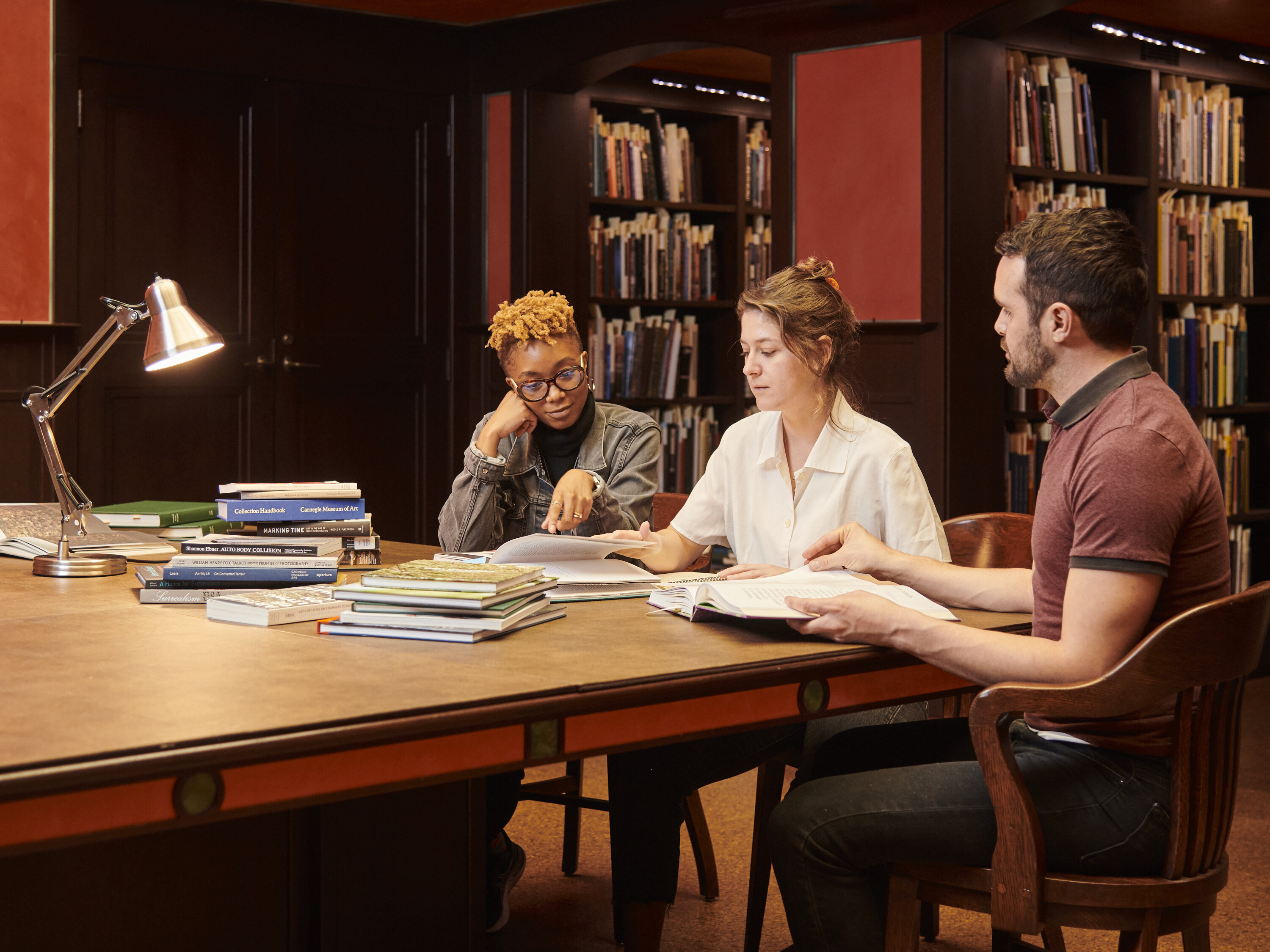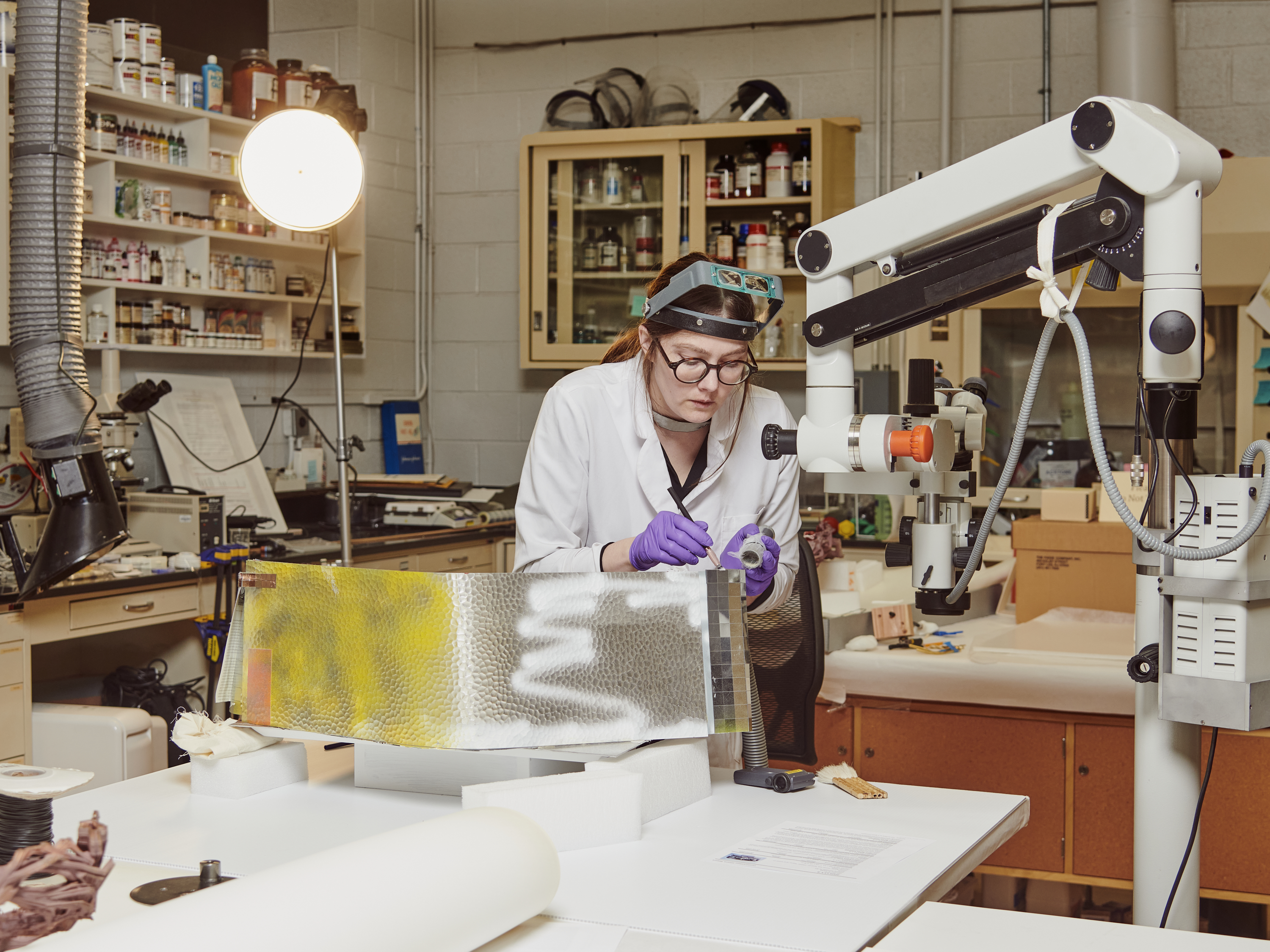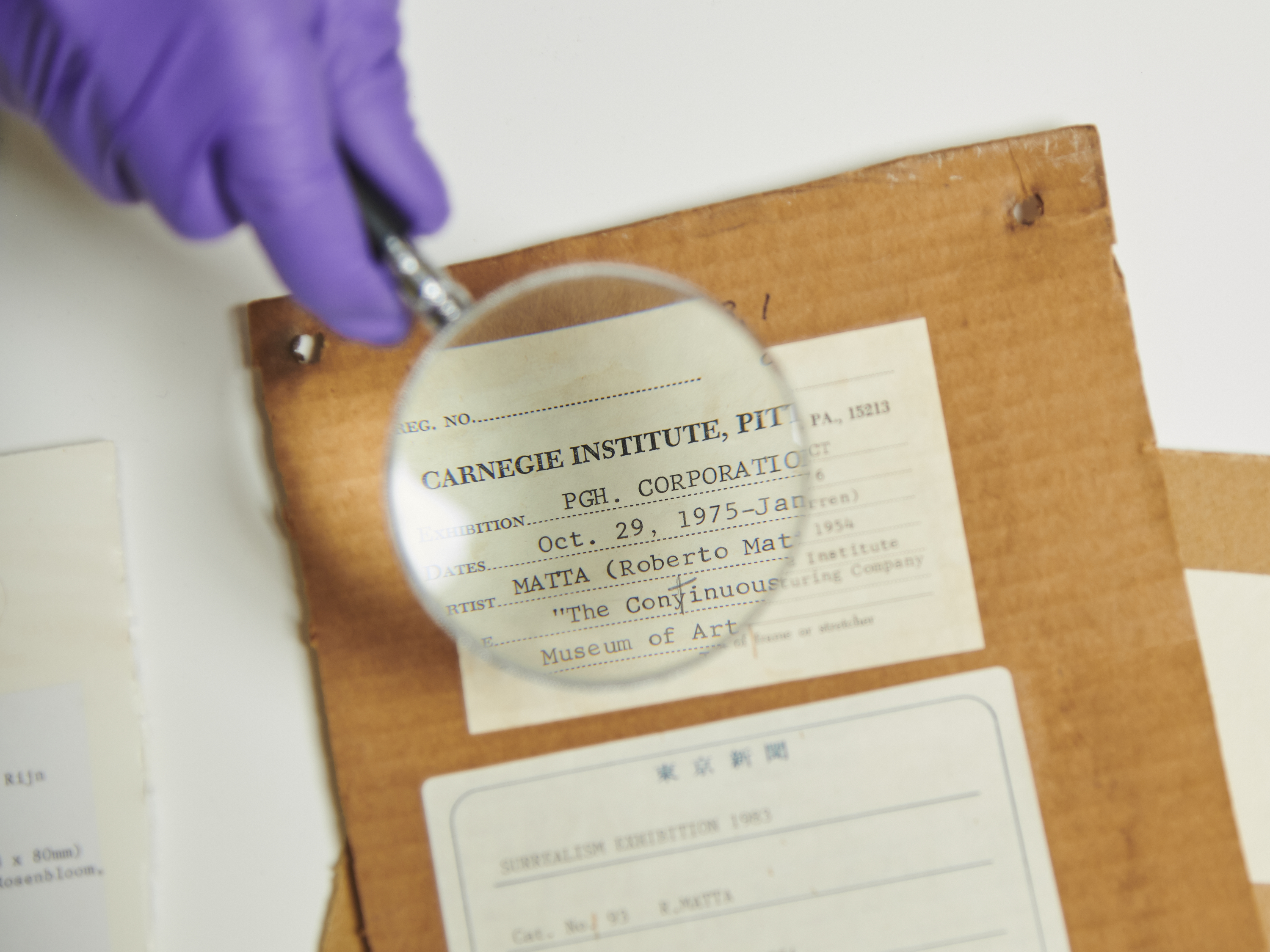Did you ever wonder what a curator at an art museum does? Carnegie Museum of Art relies on a dedicated team of curators who are responsible for the study, development, and stewardship of the collection as well as the creation of exhibitions and installations. Our curators engage with artists, scholars, community members, donors, and other cultural stakeholders, and they work collaboratively with all teams at our museum to create compelling experiences that connect people to art, ideas, and one another. Our museum champions a thoughtful and interdisciplinary curatorial practice that ensures that our museum and collection remain a resource to the people of Pittsburgh and beyond, today, and tomorrow.
Scholarship
Through research and interpretation, our curators produce and facilitate scholarship on artists and their practice, as well as movements, style, and art histories. They are constantly learning from peers at other institutions, as well as scholars, artists, and other practitioners to reflect on current knowledge and ask questions that invite multiple perspectives and broaden our understanding of art. This scholarship impacts the ongoing development and stewardship of the collection as well as the presentation of artworks in exhibitions and other installations.
Collection Development
One of the principal responsibilities of the museum is the care and acquisition of works of art. To that end, our curators conduct research to explore objects’ history and provenance. They also examine inherited narratives and identify new acquisitions to add to our collection. While the collection anchors our history, every acquisition also holds transformative potential for the emergence of multifaceted narratives about art. From time to time, artworks are deaccessioned and permanently removed from the collection to refine and improve its quality and to better serve the museum’s mission. In accordance with the Association of Art Museum Directors and the American Alliance of Museums, Carnegie Museum of Art defines direct care as direct costs associated with the storage and preservation of the works of art it holds in public trust.
Exhibitions and Installations
Our curators collaborate with artists, community partners, scholars, and colleagues within and outside the museum to present artworks. They envision the galleries as spaces for contemporary conversations about art, society, and culture. Exhibitions and collection presentations provide an opportunity to share with our audiences our ever-developing thoughts and perspectives on plural art histories as well as distinct institutional and regional histories.


